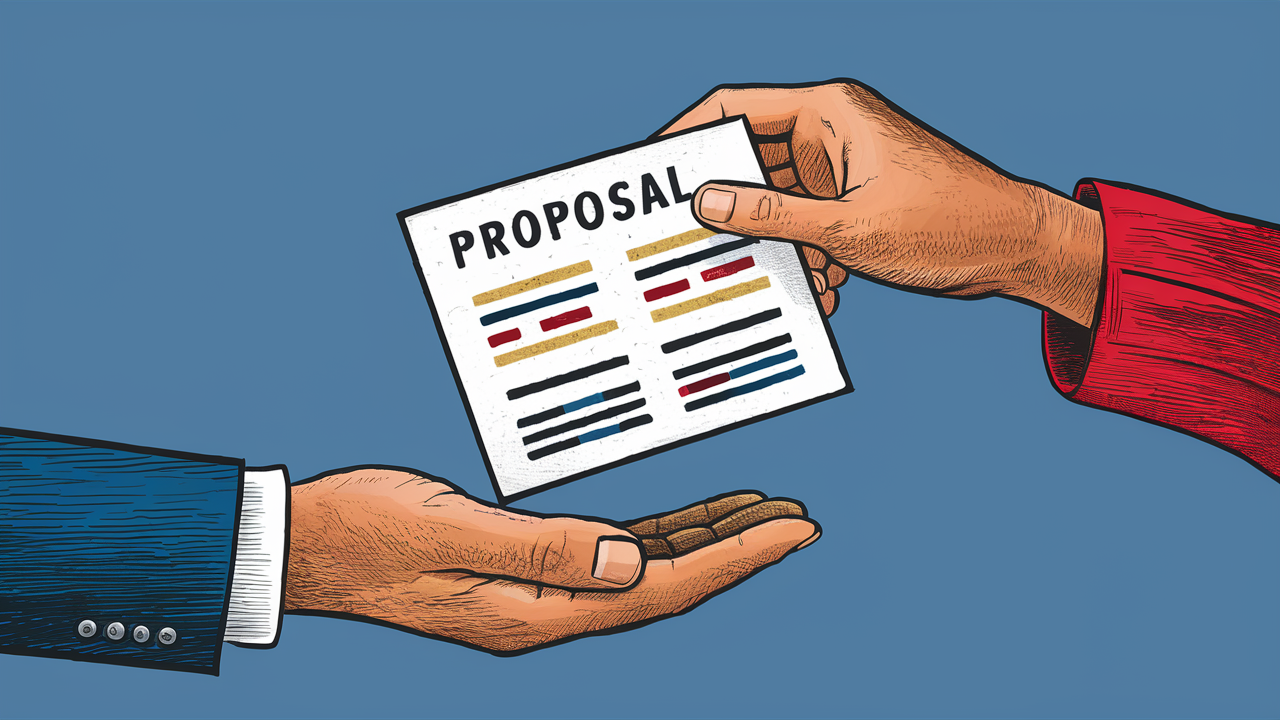Crafting Professional Invoices with Google Docs

Admin
Category: Business
June 7, 2024
In the world of business, professionalism and efficiency are vital. One fundamental aspect of this professionalism manifests in how financial transactions and agreements are documented, notably through invoices. Crafting a professional invoice not only marks your credibility but also sets the stage for clear financial interactions.
Google Docs, widely recognized for its accessibility and simplicity, offers a powerful toolkit for creating such professional invoices without the need for complex software or significant financial output. Let’s explore how you can leverage Google Docs to create invoice templates that are not only professional but also tailored to suit your business needs.
Getting Started with Google Docs
Navigating Google Docs is straightforward. First, you'll need a Google account which links seamlessly across all its applications, showing why it’s favored by professionals worldwide. Once logged in, access Google Docs and choose to start a new document from the template gallery.
Though Google Docs does not feature a pre-made invoicing template directly, it provides a range of blank documents or business letters that can serve as an ideal starting point. Engaging with these blank canvases opens up avenues for customization and creativity, allowing you to embed your brand’s ethos right into the document design.
Designing Your Invoice Template
An invoice should contain several key components: your logo, business information, details of the service or product provided, pricing, and terms of payment. In Google Docs, the use of tables can effectively organize this information. Add a table for a cleaner layout and use different cells for distinct sections like billing details or item descriptions. Insert your logo by clicking on ‘Insert’, then ‘Image’, and selecting your file. For a touch of sophistication, consider adjusting the font styles and color scheme to reflect your business identity. Finally, ensure that all the text aligns neatly to sustain visual appeal and readability, which are critical in maintaining professional communications.
Incorporating Essential Details
Each invoice you generate must detail specific elements to ensure there are no ambiguities in your billing cycles. Start with a unique invoice number for easy tracking; this can be a sequential number or one that incorporates date coding.
Following this, list the date of invoice issuance and the payment due date to facilitate timely financial responses. Itemized listings of products or services, along with quantities and unit prices, lead to transparency and reduce potential disputes. For services, specify the hours worked and the rate per hour. Additionally, include any applicable taxes or discounts before the final total to comply with financial regulations and maintain consistency across all business transactions.
Finalizing and Sharing Your Invoice
Once your invoice is populated with all the necessary information and you’ve polished the aesthetic elements, the next step is to share it with your client. Google Docs allows you to either share a direct link to the document or download it as a PDF, which can be more professional and secure.
To further enhance the security of your document, consider using password protections or watermarking before sending it through email or another secure sharing method. Remind yourself to store a copy of each invoice in a designated Google Drive folder for organized record-keeping and future reference. By following these steps, you ensure that every invoice not only meets professional standards but also supports your business operations meticulously and efficiently.
Conclusion
Utilizing Google Docs to create invoice templates exemplifies a blend of simplicity and professionalism that can transform your financial documentations significantly. By customizing your invoices, you not only adhere to brand consistency but also bolster your business’s operational efficiency. Reflect on these practices to encourage a smoother financial dialogue between you and your clients, assuring that all transactions are wrapped up with clarity and precision.
Embrace this approach to excel in your business dealings and maintain an edge in the competitive professional environment.









